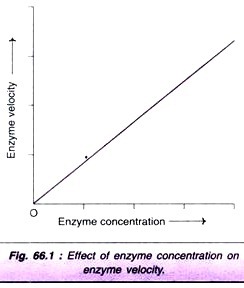Medulla oblongata continues backward as a large cord called spinal cord. It is about 45 cm in length.
It comes out of the skull through an opening at the back side called foramen magnum and extends backward through neural canal of the vertebral Colum up to 2nd lumbar vertebra.
The end of the spinal cord narrows to form filum terminale (Fig. 1.14).
The fourth ventricle or metacoel continues inside the spinal cord as central canal and is filled up with cerebrospinal fluid. The spinal cord is covered by the same three membranes—duramater, arachnoid and piamater (Fig. 1.15). The spinal cord swells in the region of neck and lumbar so as to form two swellings. In the transverse section, the spinal cord has a spherical shape having a central canal.
It is formed of grey and white matter. The inner grey matter is butterfly shaped and forms two large ventral horns and two smaller dorsal horns and lateral horns. The spinal cord is divided into two halves by the presence of a narrow dorsal septum and a deep ventral fissure (Fig. 1.15).
A large number of nerve fibres ascend or descend along the white matter of the spinal cord. These nerve fibres that originate and terminate at similar sites are called as nerve tracts.
There are two types of nerve tracts:
(a) Ascending tracts are those that conduct nerve impulses from the spinal cord to the brain, and
(b) Descending tracts are those that conduct nerve impulses from brain to different levels of spinal cord.
Function:
It is the centre for various reflex actions that the body performs. Spinal cord is the connecting link between the brain and spinal nerves.

